One of the best ways to help offset the ever rising costs of groceries is to grow a vegetable garden – especially if you plan, plant and grow a garden with canning and preserving in mind! But what is the best way to determine how many plants you have to grow to make it worth it?
It seems that every year, more and more people are planting and growing a garden. Not just because they love the feel of getting their hands in the soil, but because they ultimately want to feed their families better tasting and healthier food – all while saving money.
Whether you already have a garden, or plan to grow your first this year, with just a little extra planning, you can maximize your gardening efforts into a virtual year-round pantry. Not only will it take a huge bite out of your escalating grocery bills, it will also provide you with delicious, wholesome food!
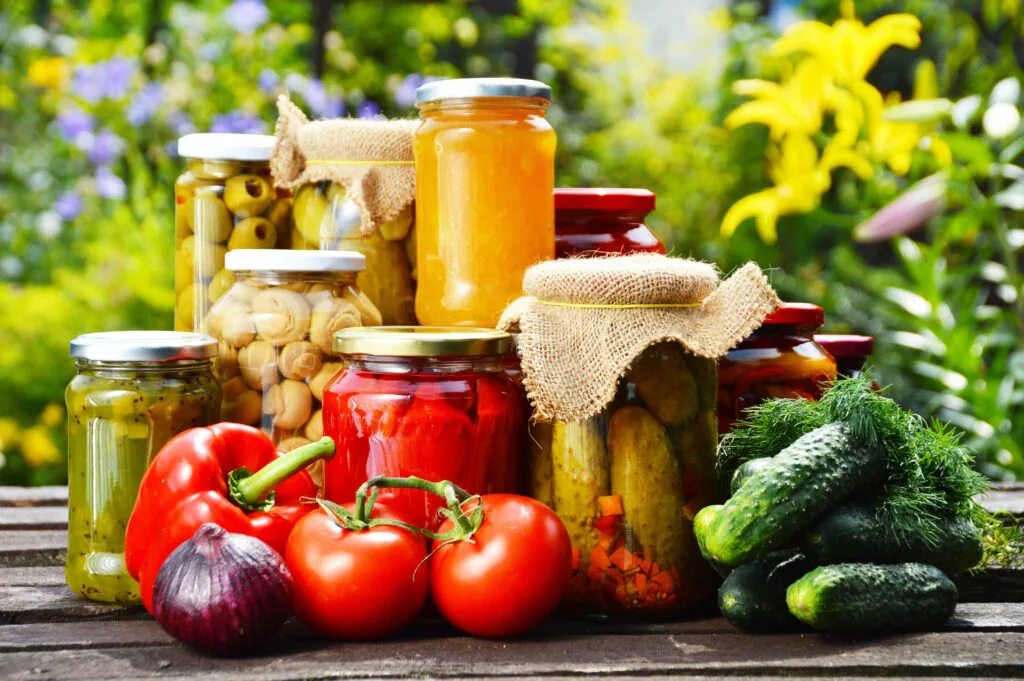
But the benefits of growing a garden and preserving your food go beyond cutting costs. Gardening is great exercise, both for your body and your mind. Not only that, by growing it yourself, you can also know exactly what is on your vegetables. Especially if you grow without pesticides and chemicals!
Getting The Most From Your Garden – Knowing How Many Plants To Plant
The biggest key to success when growing a garden for eating fresh and preserving is proper planning. This is really important when it comes down to knowing what to plant – and how much to plant of each vegetable.
As much as we enjoy our garden for fresh vegetables, we create our garden plan each year with the additional goals of canning and freezing enough of the harvest to feed us far longer than just through the spring, summer and fall months.
The best way to maximize your garden is to plan now for what you will be eating later. It’s really no different than the concept of planning out your meals before heading to a grocery store. Except in this case, you are planning for what you will eat from the garden until the following season.
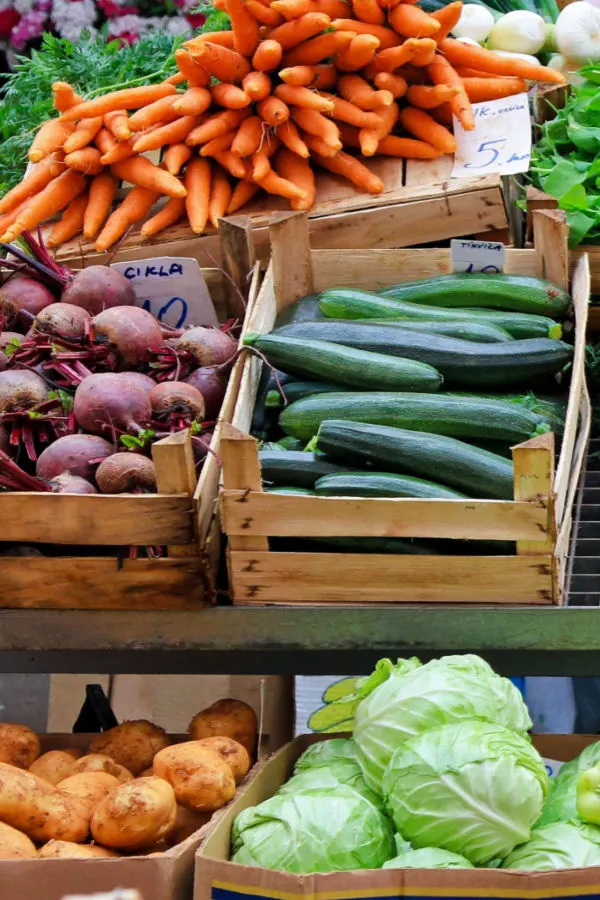
Planning now eliminates the issue of not planting enough of what you need. Or perhaps even worse, planting too much of something you really don’t even like. With year round success in mind, here is a look at the simple keys to plan your garden now for a harvest you can save!
Knowing How Many Plants To Plant – Planning A Garden For Year Round Food!
Know What To Grow – What Do You & Your Family Eat?
A great starting place it to begin listing out all of the vegetables and fruits you eat that can grow in your area. This first step may sound so basic, but it’s absolutely critical for growing a food supply.
In order to know what to grow and how many plants you need for each vegetable, you have to first know what you eat and how much of it you use. Not just fresh, but all year long, including canned goods and frozen goods.
The key is to take both the fresh and year-round concept and translate it into a garden plan. That way you grow enough to satisfy both needs. As simple as this sounds, it is truly where most garden plans come up short.
Grow More Of What You Buy – Knowing How Many Plants To Plant
To help cut down on those crazy grocery prices, also take time to think about what you currently purchase at the grocery that you might be able to easily grow in your garden.
Listen In Below To Our Podcast On How To Plant Your Garden For Success!
Do you purchase a lot of canned goods? How about frozen vegetables? Creating a list of what you need and can replace by canning or freezing from your garden is a great way to save money. And don’t think about just canning a specific vegetable, but also the products you can make with it.
Obviously, the bigger your garden the more food you can grow to offset grocery bills. But even if you have a small space, make the most of it by planning to grow what you love most, or what is the hardest or most expensive to come by at the store.
This is where the cash savings can really come into play! If you find yourself buying a lot of frozen or canned green beans, tomatoes or corn – why not grow your own? Same goes for salsa, sauces, pickles and other canned items you buy, but that you can make at home. For us, the tomato is a perfect example of this!
The Incredible Tomato – Knowing How Many Plants To Plant
Tomatoes take up a large part of our garden space because we can, freeze and use so many tomato based products throughout the year. Homemade tomato juice, pasta sauce, salsa, picante, pizza sauce and ketchup are all big hits in our house. Of course, we love eating them fresh too!
But for us to know how many tomatoes and what type of tomatoes we need to grow, we first need a rough estimate of how much we consume. Take for instance tomato juice. We love it and drink it regularly for breakfast. It also happens to be the main ingredient in our famous Bloody Mary recipe!
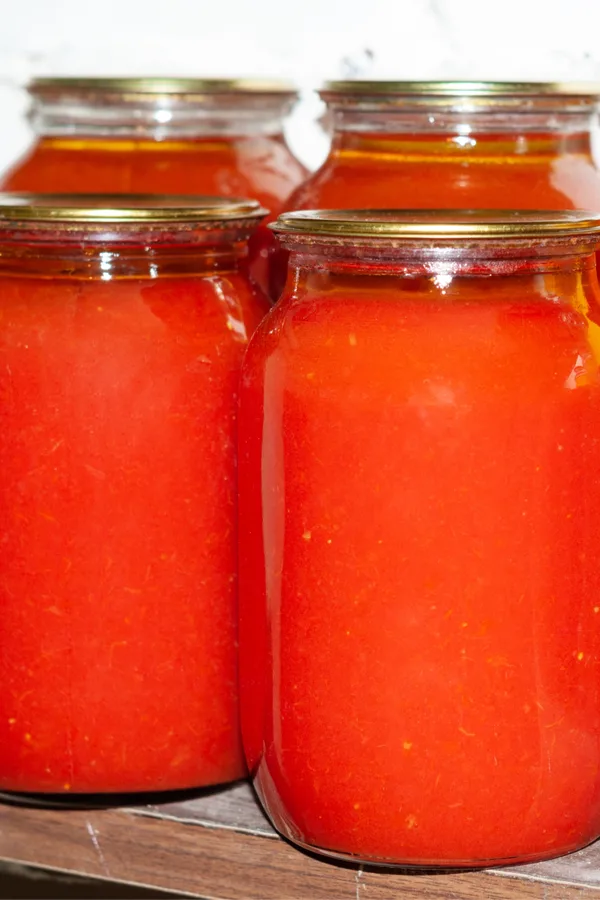
On average, we go through a quart jar every week of tomato juice. That means we need a minimum of 52 quarts for a year’s supply. With salsa, we use a jar about every other week, so we need about 26 jars.
But if we can grow enough to can or freeze what we consume all year, we don’t need to purchase either of those two products from a store. The good news is we rarely have ever had to purchase a can of tomato juice or a jar of salsa, picante or pasta sauce in the past ten years!
Just using a conservative estimate, it’s probably saved us close to $500 or more a year on those items alone. But even better, it’s home grown food! And food we grew with no preservatives or chemicals. For us, it is a peace of mind that just can’t be beat.
Create A Canning & Freezing List – Knowing How Many Plants To Plant
Beyond our tomatoes, we use the same process to figure our how much we need to can or freeze for other things we eat. Whether it’s green beans, popcorn or garlic, take time to write down how much you think you use and need.
Once you have your list of how much you would like to grow, you can then translate it into how many plants it will take to grow what you need. It’s not a perfect science, due to how well your garden performs, what varieties you select to grow, and other unknown variables such as the weather.
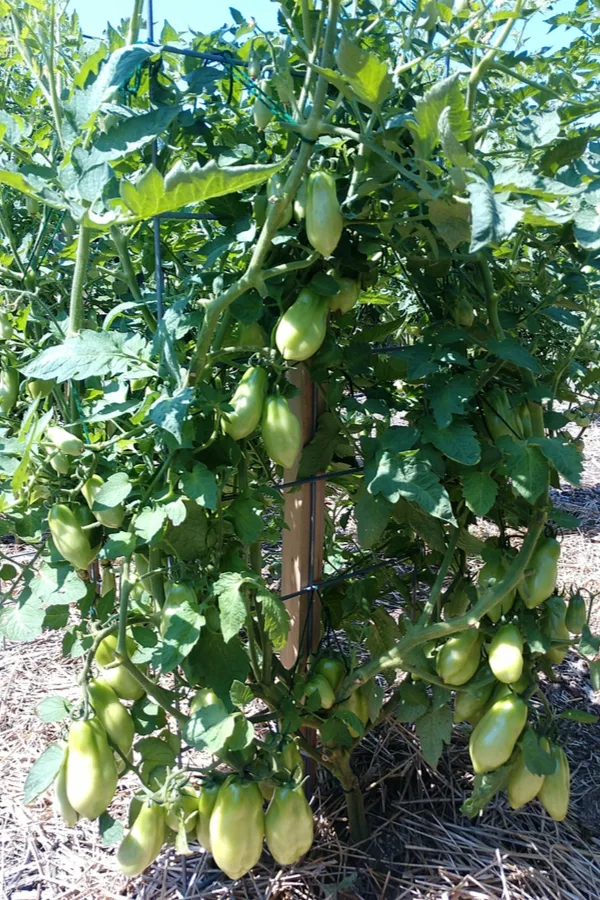
Every year, we are always asked the big question – how many plants should I plant per person? It can be so difficult. There are just so many variables, starting with how much someone might eat vs. how many times they eat it in a given period.
But with that said, the common vegetable plant guideline below is a great starting point for figuring out how many plants to plant per person for fresh eating and preserving.
Per Person Vegetable Planting Guide
- Beans (Bush): 10-15 plants per person
- Cucumbers: 1-2 plants per person
- Corn: 20-25 plants per person
- Garlic: 2-4 cloves per person
- Onions: 15 sets per person
- Peas: 15 plants per person
- Peppers: 3-4 plants per person
- Potatoes: 15 plants per person
- Tomatoes: 3-4 plants per person
- Zucchini: 2 plants per person
Again, it is a great starting point, but it’s so important to realize the process will never perfect. Yes, we overshoot sometimes and grow too much of something in our garden. For other plants, we may come up a bit short as well.
But without a starting point and the knowledge of what you want to get out of your garden, it’s nearly impossible to ever get it right. It’s also important to realize your plan will get better every year. Nothing helps your growing plan become more accurate than experience!
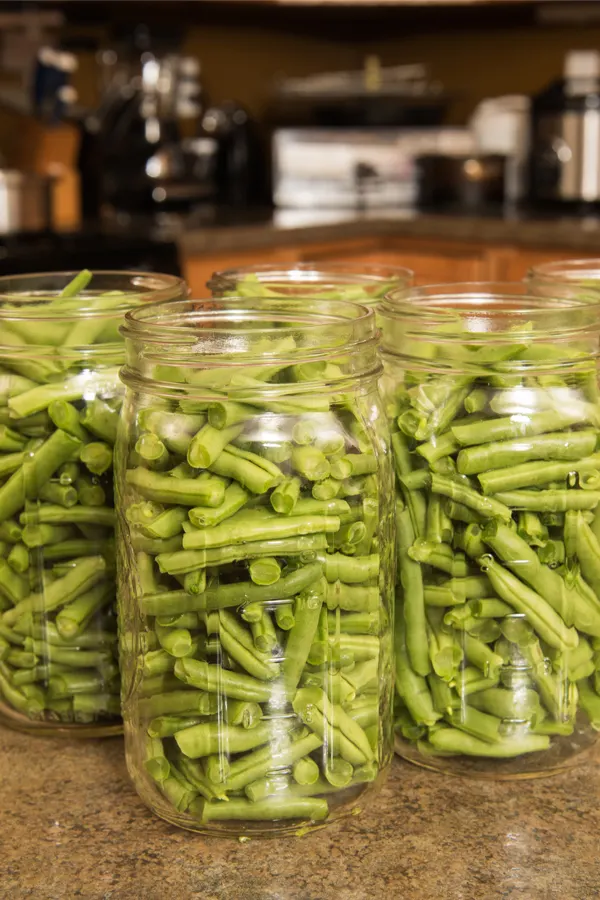
Supplement Your Growing With Local Sources – Knowing How Many Plants To Plant
Last but not least, don’t get caught up trying to grow everything. Concentrate efforts on growing what you love. And perhaps even more important, what grows well in the space you have.
If there are things you want to preserve you can’t grow or grow enough of, buy in bulk. There are many wonderful local farmers and farmer’s markets now growing and selling great local produce.
A great example for us is sweet corn. We love it fresh and love to preserve it as well. Unfortunately, it takes up too much of our available garden space. Especially to grow what we need for an entire year. But instead of purchasing it at the store throughout the year, we buy in bulk in mid-summer from a local farmer who happens to grow incredible organic sweet corn.
Then, we can and freeze it to have all year-long. Not only is it inexpensive, it’s organic and delicious! One thing is for sure, with a little planning, you really can grow and feed your family more than you ever imagined. Here is to planning your food garden this year! Happy Gardening – Jim and Mary.
Jim and Mary Competti have been writing gardening, DIY and recipe articles and books for over 15 years from their 46 acre Ohio farm. The two are frequent speakers on all things gardening and love to travel in their spare time.
As always, feel free to email us at thefarm@owgarden.com with comments, questions, or to simply say hello! You can sign up for our free email list in the subscribe now box in the middle of this article. Follow us on Facebook here : OWG Facebook. This article may contain affiliate links.
